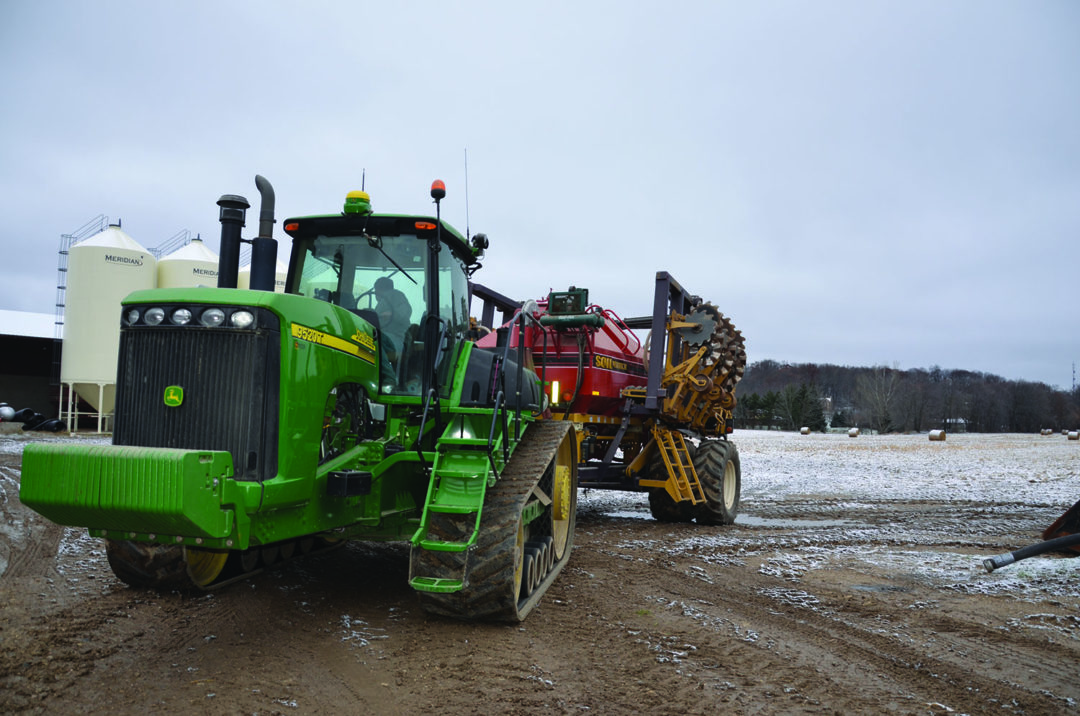No-Till Farmer
Get full access NOW to the most comprehensive, powerful and easy-to-use online resource for no-tillage practices. Just one good idea will pay for your subscription hundreds of times over.

Farmers have many reasons for moving from conventional tillage to strip-till, whether it’s minimizing erosion, being more precise with inputs, building soil health or getting more bushels per acre.
For Slinger, Wis., farmer Ricky Kratz and his family, it was a matter of getting more reliable results.
After several years of zone-tilling about 2,000 acres of corn with a three-coulter Rawson system, they found stress on the 12-row Kinze 2600 planter they were using was costing them time and yield potential.
“After about 1,000 acres, we’d break the center bearing on the planter because the cast bearings were too weak to hold that extra weight,” Kratz says. “We were looking for a way to take weight off our planter and didn’t want to go back to more intense tillage again. With strip-till, we liked that the fields weren’t washing out like they used to with conventional tillage.”

Kratz farms about 4,800 acres with his father, Rick, and uncles Jim and Gary Kratz and Allen Emmer.
His brother Stevie, sister Katie, and cousins Jason and Kevin Emmer are also part of the operation, which includes no-tilled soybeans, oats, wheat, alfalfa and soybeans.
The Kratzes also have a dairy farm with 450 cows and 400 acres of no-tilled corn silage.
With such a diverse operation, Kratz says they’re always looking for ways to improve efficiency, and strip-till has brought precise fertilizer application, boosted corn yields and opened the door to further efficiency through use of precision technology and experimentation.
…